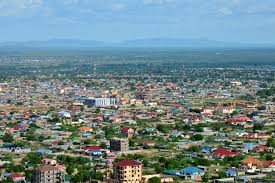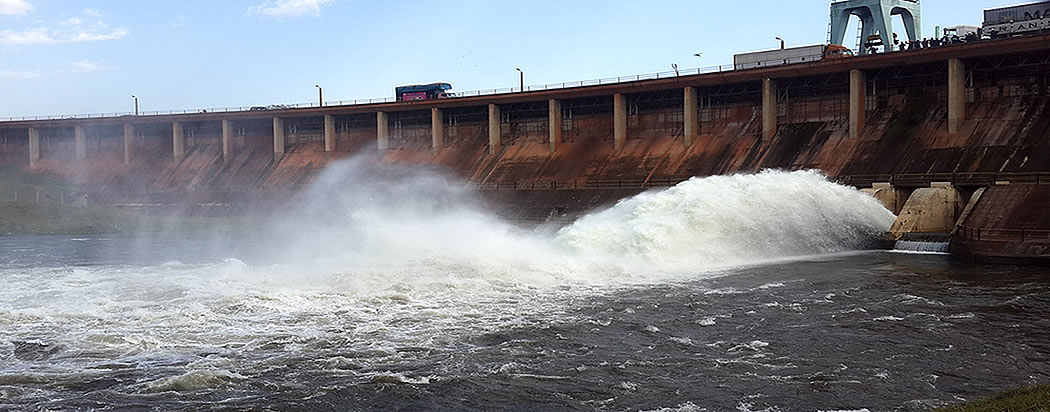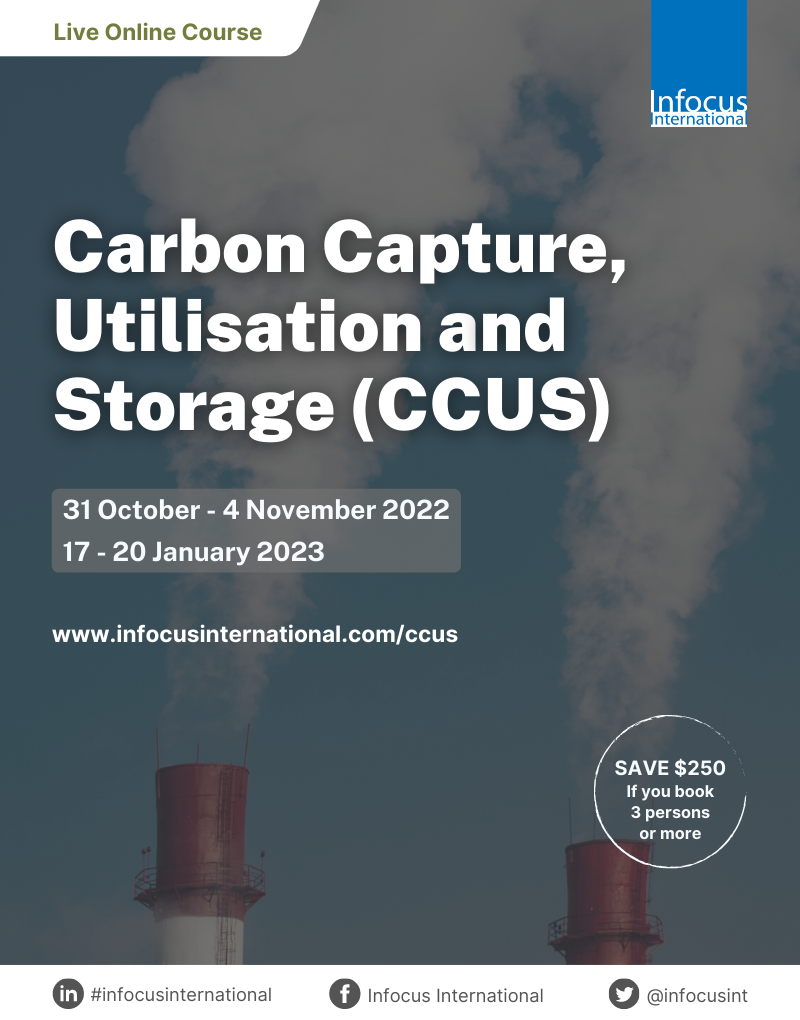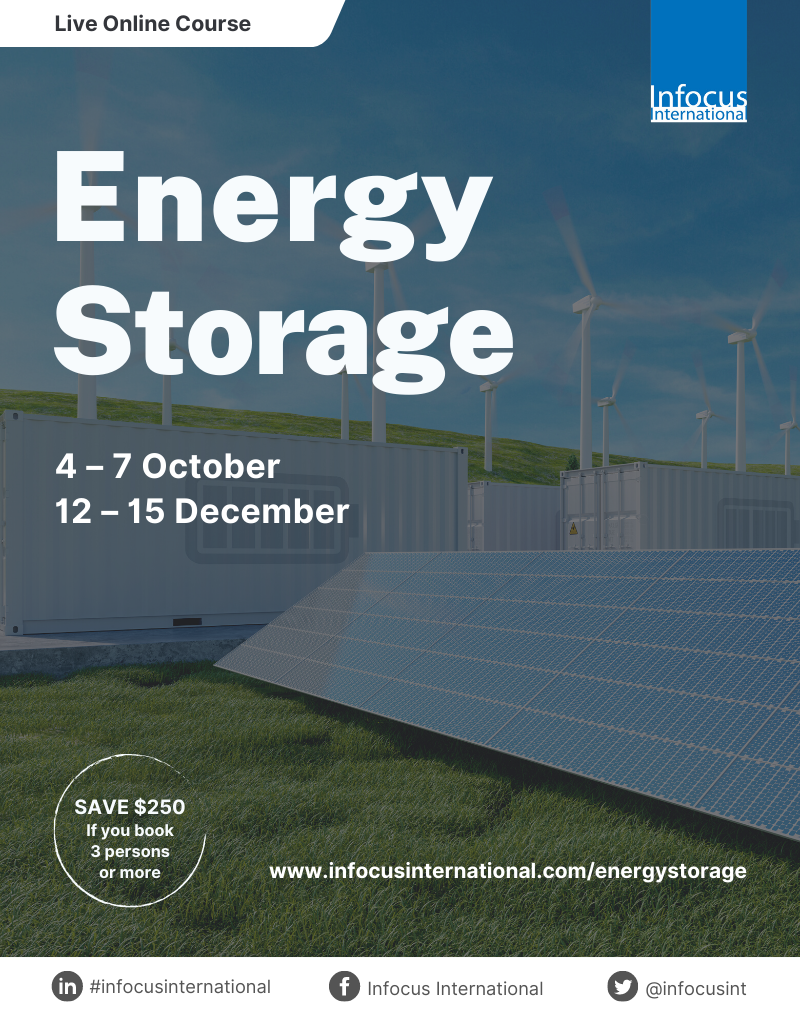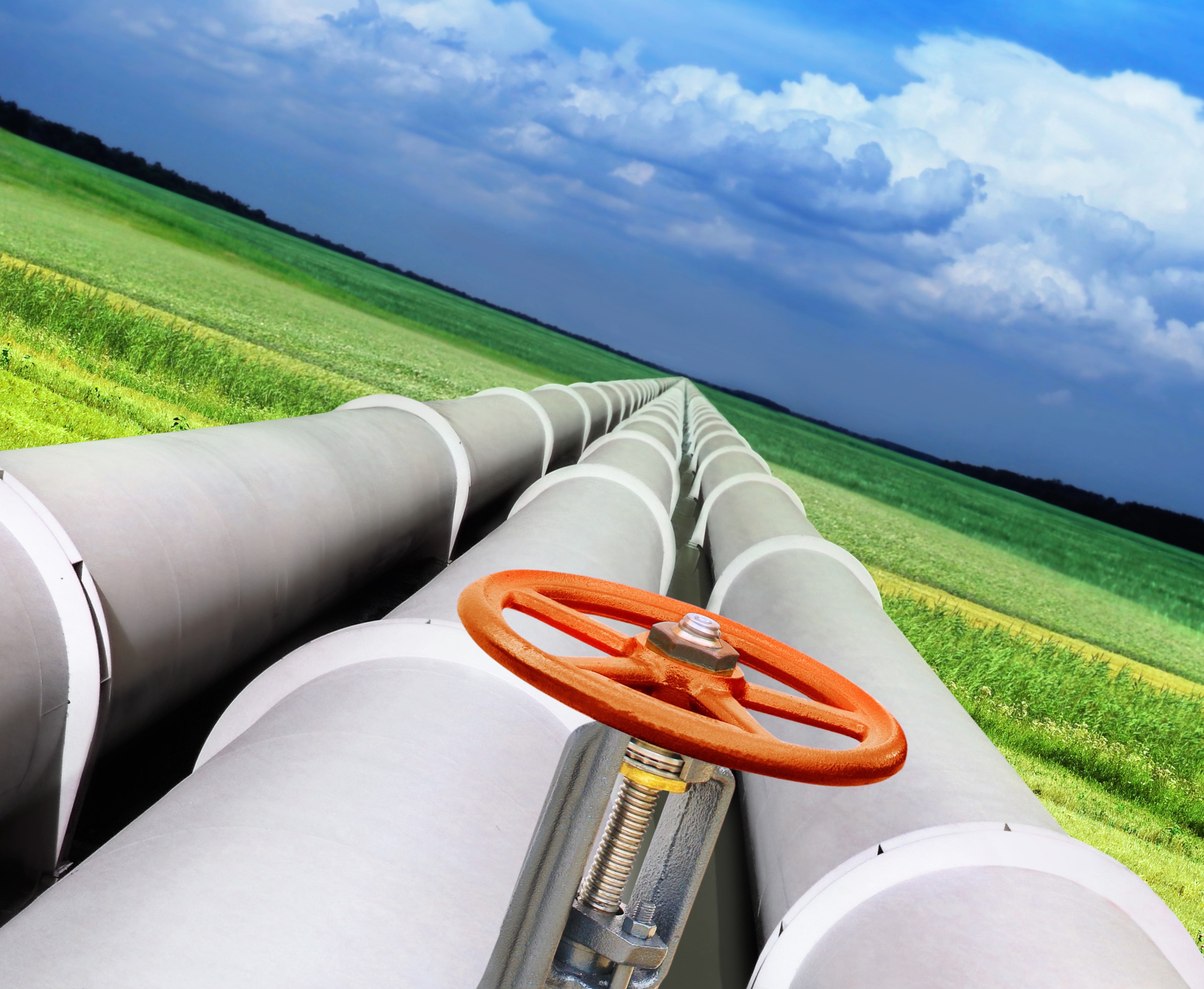Until recently, Uganda was a net exporter of electricity to Kenya. But an energy revolution has just happened in East Africa’s biggest economy. Kenya has not only drastically cut her electricity imports from Uganda, and Tanzania, it is now exporting over 25 million kilowatt hours of power to Uganda and another 1.5 million Kwh to Tanzania. For the first time in history, Kenya’s reliance on hydro-electricity has fallen second place to alternative sources of energy.
The revolution that has happened in that country’s energy sector is a geothermal one. In February 2015, Kenya launched the Olkaria Geothermal Power Plant, 120 kms northwest of Nairobi, which currently produces 280MW of power. Kenya energy officials say the country currently has installed capacity of 600MW, but with a plan to generate 10,000KW of geothermal electricity at the sites near Mt. Longonot.
In October (2015), Business Daily, Kenya’s leading business newspaper, quoted John Mutua, senior manager for economic regulation at the Kenya Energy Regulation Commission (ERC) as saying, “The country has increased power sales and cut imports largely due to the additional geothermal energy to the grid. Kenya’s energy scale-up also saw the country cut electricity imports from Uganda by more than half to 31.05 million units from 66.17 million units in the first seven months of 2014.”
Kenya and Uganda have some striking similarities. Aside from being home to some of the world’s fastest long distance runners, the two countries fall on the East African Rift valley. This feature makes the two geologically ideal for geothermal electricity production.
According to Vincent Kato, Commissioner, Renewable Energy, in Uganda’s Ministry of Energy & Mineral development, “Uganda is located in a geological setting of tectonically active rift system, characterized by volcanism.”
Evidence of geothermal resources that can be seen in East Africa-including Uganda, Kenya, Tanzania and Rwanda comprise: hot springs, warm springs, gaseous emissions, hydrothermally altered rocks, to name a few.
But having geothermal natural resources alone is not enough. Studies show that because of the risks involved and the need for upfront funding, the private sector is reluctant to invest in the geothermal energy sub sector. This therefore calls for strong policy and government commitment for the successful exploitation of the sub sector. It also needs highly qualified and specialized skills, as well as funding. And that is what the Government of Kenya has so far invested in, and is beginning to reap from.
In November (2015), the Climate Invest Fund (CIF) endorsed Uganda’s proposal for US$50 million to invest in alternative energy sources, increasing access to electricity, enhance energy security in the country, reduce poverty and mitigate climate Change.
According to CIF, part of this money will go into surveys and other ancillary services intended to support Uganda to develop her geothermal energy potential.
Sources in the Ministry of Energy & Mineral Development say the country’s geothermal efforts started way back in the 1920s with surveys. In the early 1990s UNDP and Iceland development agency sponsored more surveys and training for Ugandans in this area. Today the country has about 25 well trained geothermal energy experts.
With funding from the Japanese International Development Cooperation Agency (JICA), Uganda also currently has a number of surveys in advanced stages in Panyimur (Nebbi), Kibira (Hoima), Katwe-Kikorongo (Kasese) and Buranga (Bundibugyo-Ntoroko) areas.
Already up to seven private sector companies have been licensed to venture into geothermal electricity generation. These include: Katwe Geothermal Power Project Ltd, Gids Consult Ltd, Cozumel Energy Uganda Ltd, Moberge Ltd, Clean Energy Partners, Pawakom International Ltd and Ascot Associates.
To date however, no geothermal power output has yet been fed into the national grid; it’s all still just that, plans.
Unlike Kenya, Uganda is currently focusing her efforts on hydropower generation with the building of big hydro power dams at Karuma (600mW), Isimba (180 MW) and several other small hydropower dams like Nyagak, among others.
Geothermal power is largely known to be better than hydro because its supply is reliable and constant once infrastructure is in place. Hydro power generation however tends to be affected by weather patterns, electricity production goes down during the dry season or when rains are low. Geothermal power is also more environmentally friendly and in the long run cheaper.





